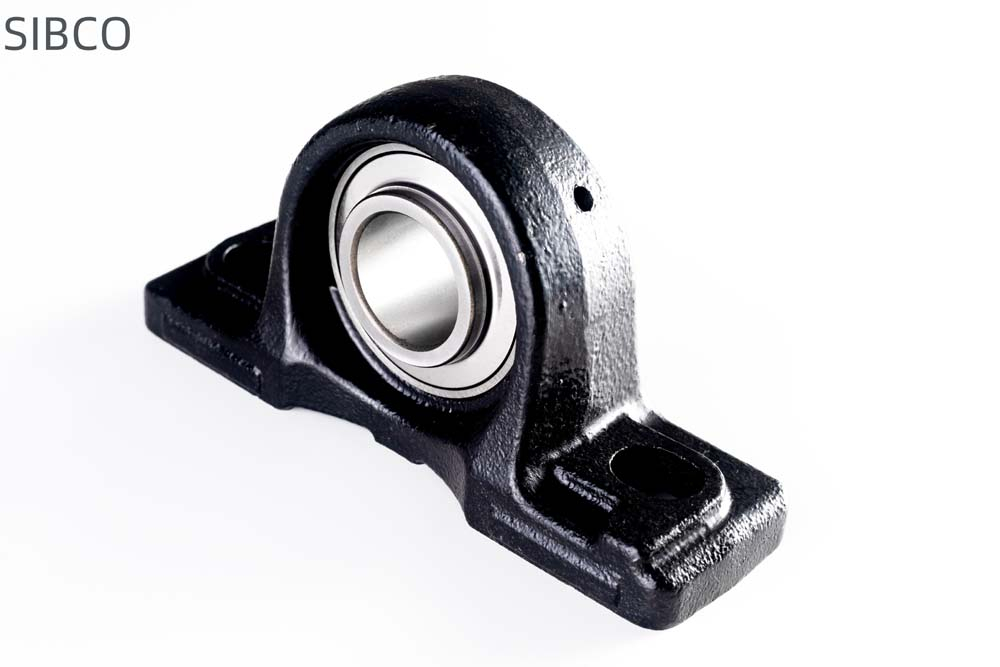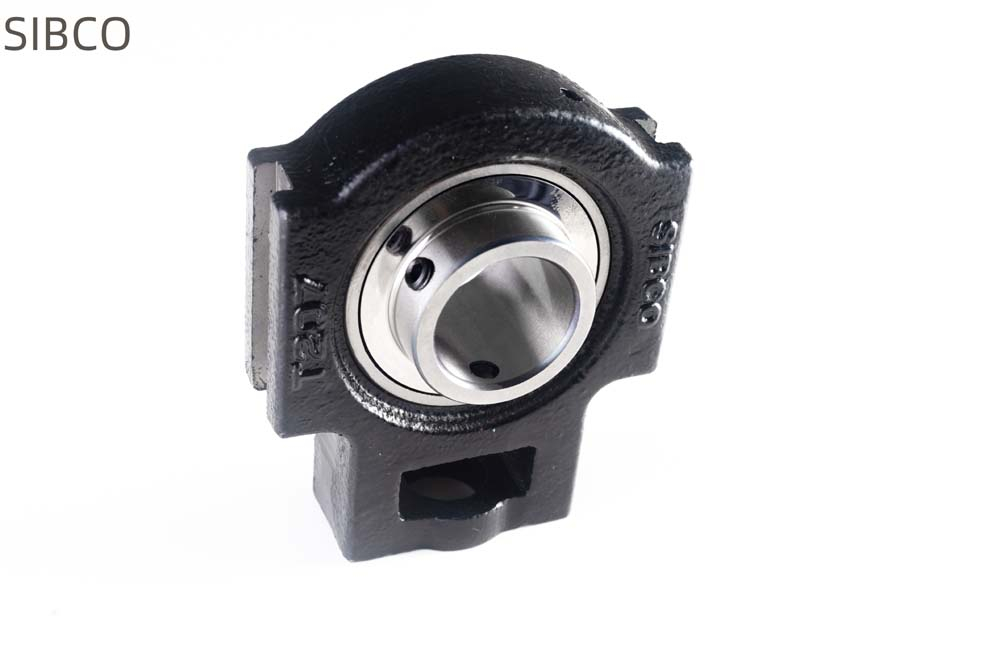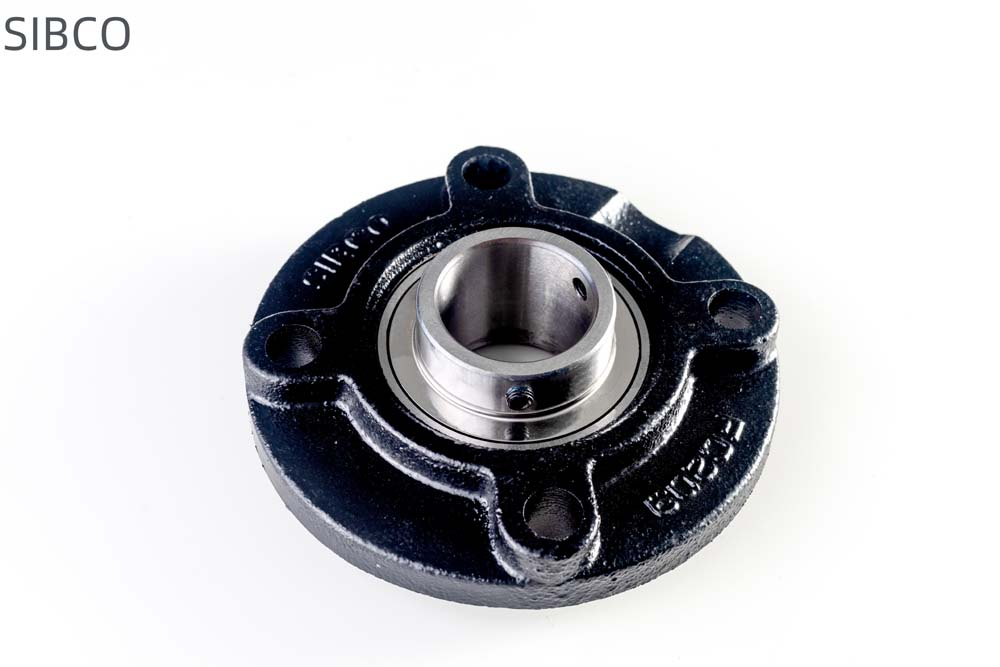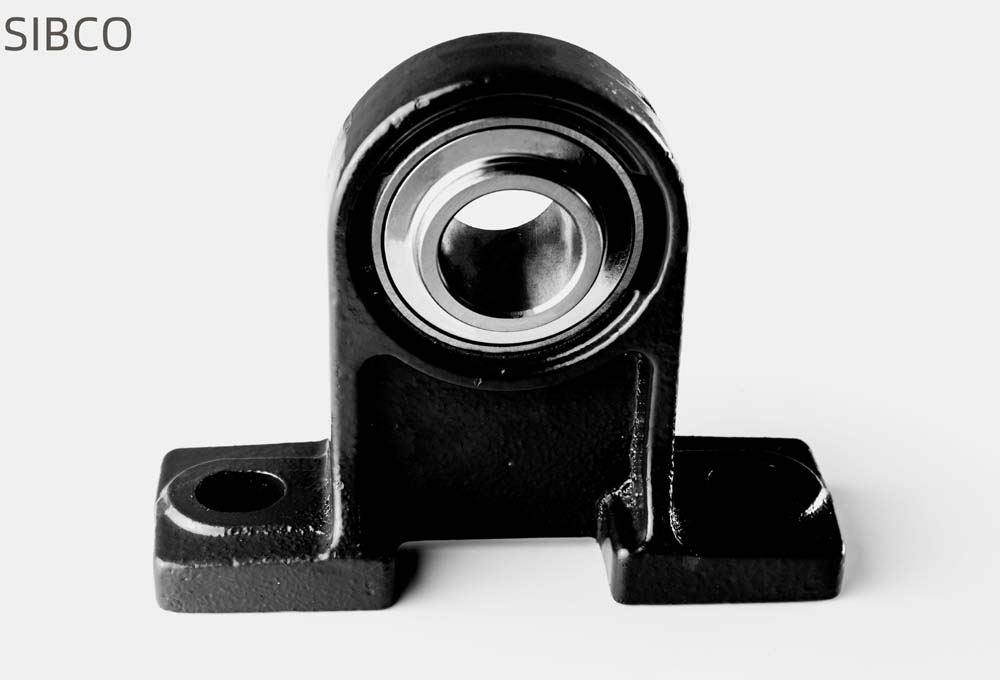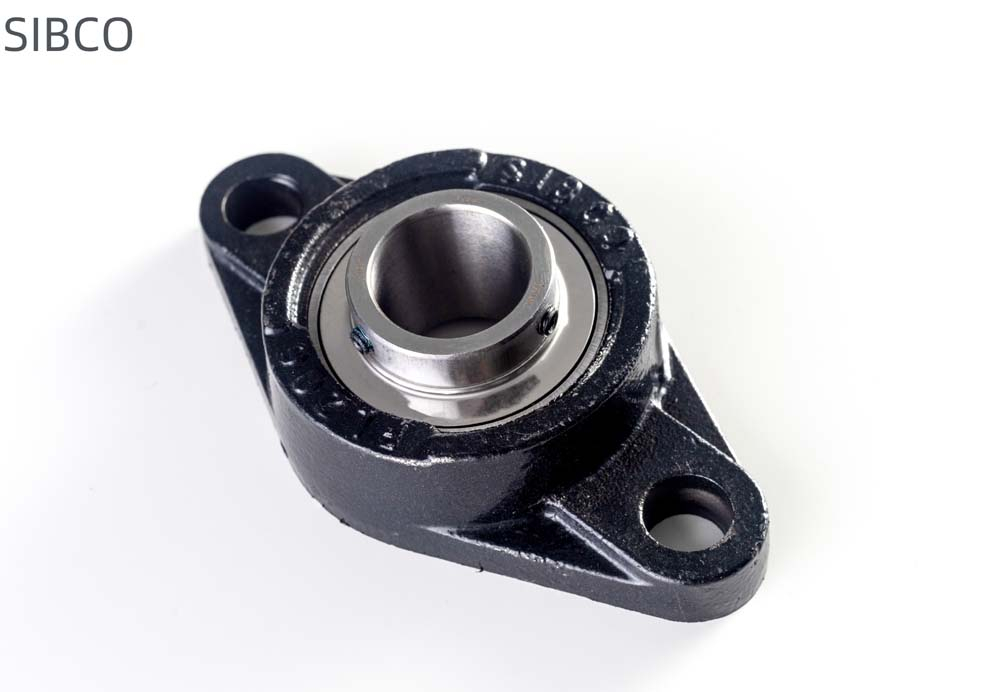What are the common problems with bearings?
Release time:2025-07-25 hits:0次
1、 Requirements for installation surface and installation site
If there are foreign objects such as iron filings, burrs, dust, etc. entering SKF bearings, it will cause noise and vibration during operation, and even damage the raceway and rolling elements. So, before installing SKF bearings, you must ensure that the installation surface and environment are clean.
2、 SKF bearings must be cleaned before installation
SKF bearings are coated with anti rust oil on the surface. You must carefully clean them with clean gasoline or kerosene, and then apply clean, high-quality or high-speed high-temperature lubricating grease before installation and use. The cleanliness has a significant impact on the lifespan and vibration noise of SKF bearings. But we would like to remind you that fully enclosed SKF bearings do not require cleaning or oiling.
3、 Selection of lubricating grease
Lubrication has a crucial impact on the operation and lifespan of SKF bearings. Here, we will briefly introduce the general principles for selecting lubricating grease. Lubricating grease is made from base oil, thickeners, and additives. The performance of different types and grades of lubricating grease varies greatly, and the allowable rotation limit is different. It is important to pay attention to this when selecting. The performance of lubricating grease is mainly determined by the base oil. Generally, low viscosity base oil is suitable for low temperature and high speed, while high viscosity base oil is suitable for high temperature and high load. Thickener is also related to lubrication performance, and the water resistance of thickener determines the water resistance of lubricating grease. In principle, different brands of lubricating grease cannot be mixed, and even lubricating grease with the same thickener can have negative effects on each other due to different additives.
4、 Addition of oil and fat
It is a common misconception that the more grease applied during lubrication, the better. Excessive grease in SKF bearings and SKF bearing chambers will cause excessive mixing of grease, resulting in extremely high temperatures. The appropriate amount of lubricant to fill SKF bearings is 1/2 to 1/3 of the internal space, and it should be reduced to 1/3 at high speeds.
5、 Installation and disassembly of SKF bearings
Do not directly hammer the SKF bearing end face and non stress surface during installation. Use pressure blocks, sleeves, or other installation tools to evenly apply force to the SKF bearing. Do not install through rolling elements to transmit force. If lubricating oil is applied to the installation surface, it will make the installation smoother. If the interference fit is large, SKF bearings should be placed in mineral oil and heated to 80-90 ℃ before installation as soon as possible. The oil temperature should be strictly controlled not to exceed 100 ℃ to prevent tempering effect, hardness reduction, and affect size recovery. When encountering difficulties during disassembly, it is recommended that you use a disassembly tool to pull outward while carefully sprinkling hot oil onto the inner ring. The heat will cause the SKF bearing inner ring to expand, making it more prone to detachment.
6、 Selection of radial clearance for SKF bearings
Not all SKF bearings require a very small working clearance, you must choose the appropriate clearance according to the conditions. In the national standard 4604-93, the radial clearance of rolling SKF bearings is divided into five groups - Group 2, Group 0, Group 3, Group 4, and Group 5. The clearance values are from small to large, with Group 0 being the standard clearance. The basic radial clearance group is suitable for general operating conditions, conventional temperatures, and commonly used interference fit; SKF bearings that operate under special conditions such as high temperature, high speed, low noise, and low friction should have a large radial clearance; For precision spindles and machine tool spindles, SKF bearings with smaller radial clearances are recommended; SKF roller bearings can maintain a small amount of working clearance. In addition, there is no clearance for separated SKF bearings; The working clearance of SKF imported bearings after installation is smaller than the original clearance before installation, because SKF bearings have to bear a certain amount of load rotation, as well as the elastic deformation caused by SKF bearing fit and load.
SKF bearings can be divided into sliding SKF bearings and rolling SKF bearings based on their specific structures and similarities and differences in working properties. As the name suggests, sliding SKF bearings are flat SKF bearings with a relatively large contact area, so the degree of wear will be relatively high, that is, the friction coefficient will be high. Therefore, sliding SKF bearings require special materials, and anti friction is its major feature. The characteristics of rolling SKF bearings are different from sliding. They convert the sliding friction between the shaft seat and the shaft into rolling friction, which reduces losses. Then use the interaction between the inner and outer rings, rolling elements, and retaining frames to complete the work.
Whether it is rolling SKF bearings or sliding SKF imported bearings, although their working principles are different, their functions are the same, both of which are to reduce the mechanical load friction coefficient generated in the mechanical power transmission process and support the rotating body of the machinery.
 SIBCO Bearing
SIBCO Bearing
